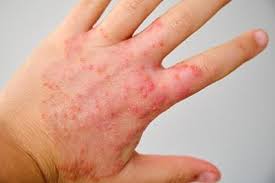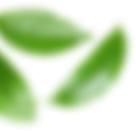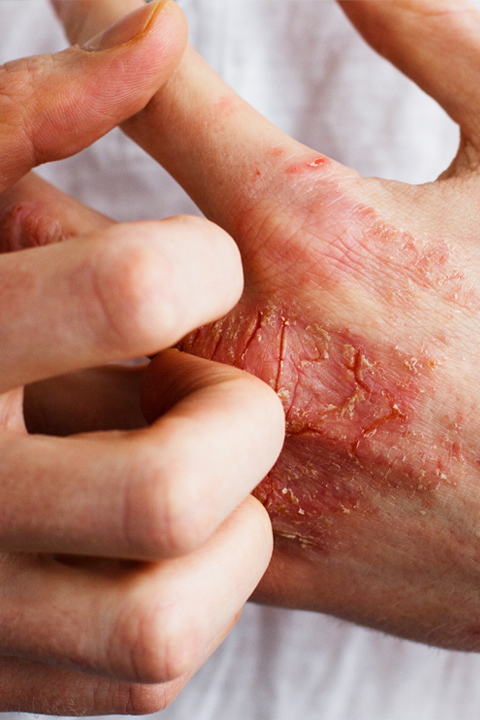
Leaky Gut
Can occur as a result of not having enough good floras in our intestines. It can also be from Candida when it grows rhizoids, (finger like protrusions) which burrow themselves into the intestinal walls.
The cells in most areas of the body are very close to one another. The cells in the intestinal tract are farther apart, leaving more room for Candida, parasites, heavy metal deposits or other bad bacteria’s. Once these conditions perforate the wall of the intestine; decaying food, fecal matter and bacteria infect the bloodstream. Toxicity as well as malabsorption can then become a problem. As a result we may experience brain fog, skin rashes, fatigue, and or headaches, chemical sensitivities and possibly food allergies.
L.Glutamine is an amino acid (a protein building block) whose main function is to support cellular growth, energy and repair. L-Glutamine plays a role in the health of the immune system, the digestive tract and the muscles. It is may be helpful in repairing leaky gut and restoring intestinal health
Irritant in the gut
The vagus nerve is classified as a cranial nerve and arises within the brain and exists directly from the skull without going into the spinal cord. It is the main nerve supply to the stomach, intestines, liver, pancreas and colon. When it becomes irritated, it can produce a variety of symptoms, one of them is head pain known as ‘vagal cephalagia’. This defines scalp pain or headaches of vagal origin. If the stomach is inflamed, nerve fibres arising from it may refer pain to the scalp, particularly the scalp on top of the head. If the inflammation is treated with agents specific for stomach disorders such as ginger, aloe Vera or liquorice, the pain often disappears. A more dramatic example occurs within the colon. It too contains vagal nerves fibres, which when irritated produce referred pain. In this case pain may be on the top of the head and also quite often in the rear or occipital region. The most common cause of ‘colonic cephalalgia’ is constipation
Add extra fibre to the diet, psyllium husk and acidophilus
Chemicals agents which aggravate leaky gut
- Alcohol
- Monosodium glutamate
- Nitrates/nitrites
- Theobromine
- Caffeine
- Benzoic acid
- Phenylethylamine
- Food dyes
- Tyramine
- Salicylates
Food dyes:
The more highly processed the food, the more food dyes are needed. These include: Yellow #5 (Tartrazine or E102), Yellow #6 (E110 or Sunset Yellow), Blue #1 (E133), Blue #2 (Indigotine or E132), Green #3 (Fast Green or E143), Red #40 (Allura Red AC or E129) and Red # 3 (Erythrosine, E 127).
Leaky gut syndrome is a rapidly growing condition that millions of people are struggling with and don’t even know it. From the sound of it, you might think leaky gut only affects the digestive system, but in reality, it can lead to many other health conditions.
When someone has leaky gut (often referred to as increased intestinal permeability) the “net” in your digestive tract gets damaged, which causes even bigger holes to develop in your net, so things that normally can’t pass through, are now be able to. Some of the things that can now pass through include proteins like gluten , bad bacteria and undigested foods particles. Toxic waste can also leak from the inside of your intestinal wall into your bloodstream causing an immune reaction.
This leads to inflammation throughout your system and can cause symptoms, such as:
- Joint pain
- Fatigue
- Bloating
- Allergies
- Headaches
- Skin issues, like rosacea, eczema and acne
- Digestive problems
- Weight gain/loss
Another problem with leaky gut is that it can cause malabsorption of vital minerals and nutrients including Zinc, Iron and Vitamin B12. Needing Vitamin B12 will show up as being tired.
The 4-Step Plan to Heal Leaky Gut
The good news is there’s a solution to healing leaky gut. There is a four step process that includes:
- REMOVE foods and factors that damage the gut – cut out colours in foods and rubbish like cococola
- REPLACE with healing foods
- REPAIR with specific supplements
- REBALANCE with probiotics


